
Tambo del Inka
Avenida Ferrocarril, Urubamba, Sacred Valley
 9.6 |Exceptional
9.6 |Exceptional 4.5 |Excellent
4.5 |Excellent

Tucked between Cusco and Machu Picchu, the Sacred Valley is a truly special place. A slightly warmer climate, the gentle presence of the Andes Mountains, a sprinkling of ancient fortresses, and villages steeped in age-old traditions is what you’ll experience on a tour to the Inca heartland.
As the mid-way point between the ultra-popular destinations of Cusco and Machu Picchu, the Sacred Valley is the perfect place to rest a while and book a night or two at a rustic resort. Here you can kayak or ride horseback by day, and enjoy the twinkling of a million stars under the night sky. Maybe it’s the lower elevation compared to Cusco, or the uplifting presence of giant peaks, or the easily conjured image of an Incan entourage tracing a path by the Urubamba River, but the Sacred Valley of the Incas is palpably special.
When you’re not delving into nature, you can learn fascinating Inca facts and dive into the Andean lifestyle. Spend some time learning about what role textiles are believed to have played in Andean culture, partake in a traditional earth oven meal or explore one of the many ruins dotting the Incan land. Through any of these experiences, you’ll have a chance to meet the local people (and the local llamas) of the traditional villages and open your eyes to a truly enchanting world.
The highland climate of the Sacred Valley has rather consistent temperatures throughout the year. Atop high mountain summits, like Salkantay, temperatures are cold enough to sustain snow year round. The climate is much more temperate far below on the valley floor where towns such as Pisac, Urubamba and Ollantaytambo reside.
Dry Season Vs. Rainy Season
Distinct to Peru’s Andean region, the Sacred Valley has a dry and rainy season.
The dry season is from April to October.

The rainy season is from November to March.
Peak travel season in the Sacred Valley coincides with the dry season: June, July, and August. During this time, the weather is usually sunny and conveniently coincides with the summer months for travelers coming from the northern hemisphere. Given the high demand for services and limited Machu Picchu train and entrance tickets, it’s best to plan your trip early to ensure specific date availability.
Low season coincides with the region’s rainy season: December, January, February and March. Rainfall and storms are unpredictable, so flight delays going in and out of Cusco are more common. However, there are perks to traveling during the low rainy season. Sites tend to be less crowded and the Sacred Valley mountainscapes are beautiful shades of green.

The history of the Sacred Valley weaves closely together with the Incan capital city of Cusco. The Inca Empire rose to power during the 14th century and expanded across ancient Peru and into Ecuador, Bolivia, Chile, Argentina and Colombia. However, all trails led back to the Inca capital city of Cusco where the king resided. The surrounding fertile fields of the Sacred Valley served as the civilization’s breadbasket, yielding varieties of fresh grains, fruits and vegetables. Skilled Inca stonemasons also constructed religious temples and outposts in the valley, which today you can visit at archaeological sites in Pisac, Ollantaytambo and Chinchero.
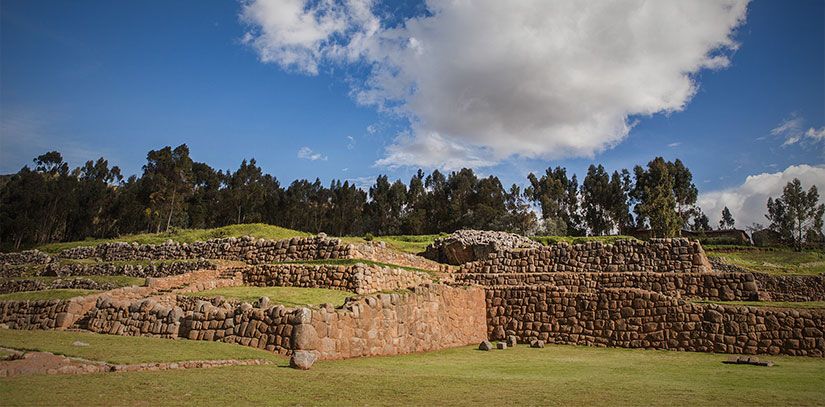
Before the Inca, the Sacred Valley was home to the Wari Culture around 500 to 1100 AD approximately. The Inca started inhabiting the valley around the 12th century, with Manco Capac as the first Inca king. The Spanish Conquest of the valley began in 1531 when Francisco Pizarro arrived with 168 soldiers. In 1535 AD, Manco Inca organized a rebel force to try to overthrow Spanish rule, and led the Incas’ greatest military victory over the invading Spaniards in Ollantaytambo.
Despite some victories, in 1572 the last Inca king, Tupac Amaru I, was captured in Vilcabamba and taken to Cusco. Upon the orders of the Viceroy Francisco Toledo, Amaru was beheaded in the city’s main plaza in front of a crowd of thousands. During the 16th-18th centuries, Cusco became an economic node of the southern Andes as well as the frontline for the religious evangelization and acculturation of indigenous populations. During this time, many churches are erected in the Sacred Valley.
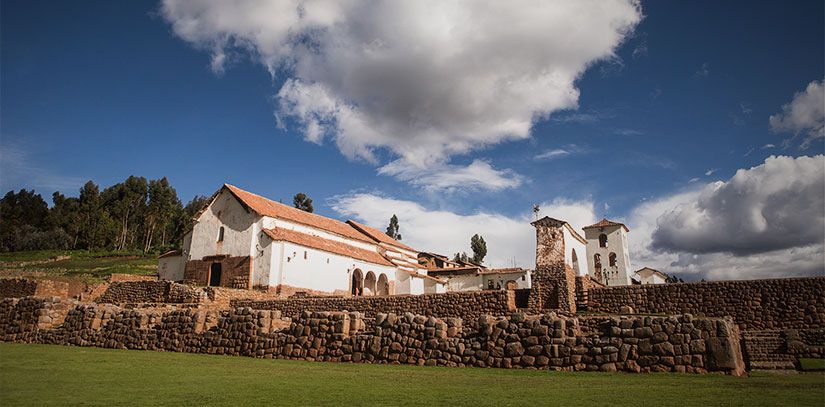
In 1911, Yale historian and professor Hiram Bingham arrived at the ruins of Machu Picchu. National Geographic chronicles Bingham’s expedition and turns the world’s attention to this remote Andean region of Peru. In 1999 PeruRail began offering tourists train service to Machu Picchu. In 2004, Potato Park, or Parque de la Papa, was established to protect hundreds of native potato species and agrobiodiversity in the Sacred Valley region. Today, tourism in the Sacred Valley is on the rise, but local movements and projects are at work to help preserve ancient Quechua traditions.
Pisac
Pisac is known for its ruins and market. The road from Cusco to Pisac leads through a mountain pass and drops down into the Sacred Valley. Popular market days in Pisac make the town an obligatory stop. Every Sunday and Thursday, residents from the highland communities sell Andean crafts and freshly grown fruits and vegetables in the main plaza. Keep an eye out for handmade textiles made with natural dyes and one-of-a-kind artisanal pieces. Local tourist-oriented vendors display colorful sweaters and hats made of alpaca wool; silver and stone-embellished jewelry; and ceramic goods.
Even if you’re not in town on market day, the artisanal shops in and around the plaza, bordered by San Pedro Church, are open daily. Souvenir prices in Pisac tend to be slightly more expensive than shops in Cusco. Bargaining with merchants to lower the asking price of a few Soles is common practice.
The ancient Inca archaeological site at Pisac perched high above town is well worth the visit. To get there, you’ll have to make the steep walk (about 90 minutes) up through lush Inca terracing, or short taxi ride, above Pisac. The site is divided into various agricultural, military, religious, and urban areas built along a thin mountain ridge connected by stone steps and narrow dirt trails. Inca-constructed watch towers and water fountains complement the site’s fine masonry. The hand carved structure in the middle of the Temple of the Sun, or Intihuatana, is believed to be an important religious or astronomical tool used by the Inca; its angles define the changing seasons.
Ollantaytambo is a small town with very big attractions. Shortly after noon the town turns into a lively hub as the first travelers arrive. After visiting the Inca Fortress, browse the souvenir shops or relax at a local cafe and admire the Andean scenery surrounding you. There are some very unique and memorable things to do in Ollantaytambo.
The well preserved archaeological site at Ollantaytambo is built along the slopes of a narrow mountainside. Stone steps up a terraced-laced hillside lead to the impressive main complex. The panoramic views at the top are a photographer's dream!
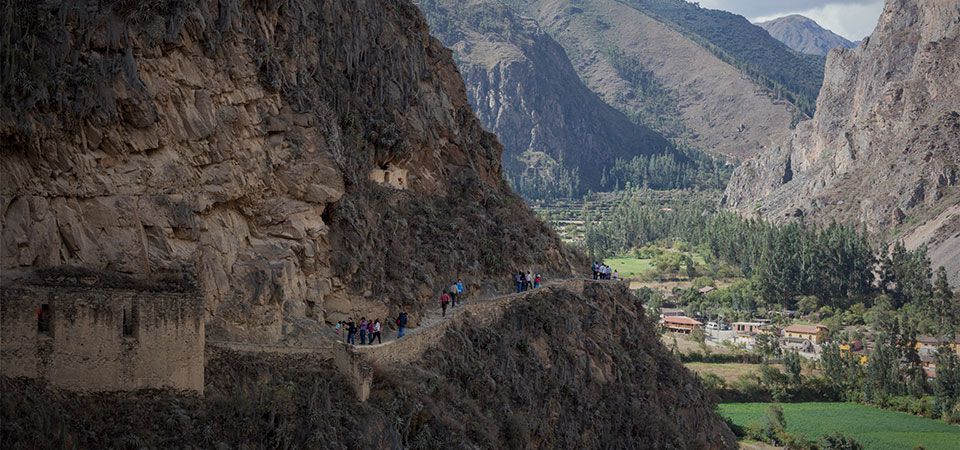
The train station in Ollantaytambo is an important transit point for travelers taking the train to Machu Picchu. Since there’s not a direct road that goes all the way to the famous citadel, Ollantaytambo is quite literally the end of the road in the Sacred Valley.
Urubamba may not have ancient hillside ruins to boast, but the boutique and luxurious resort hotels located just outside of town entice many travelers. Staying overnight in the Urubamba valley is the perfect way to appreciate the beauty of the Sacred Valley at a slower pace. Enjoy top-notch services, spa amenities, and endless Andean vistas from your hotel room.
For a taste of the budding culinary scene in Urubamba, dine at top rated restaurants Q’anela or Paca Paca. The onsite restaurant at Hotel Casa Andina Private Collection in the Sacred Valley, Alma, is highly recommended.
Many travelers pass through Urubamba because it resides along the only road connecting key transport routes through the Sacred Valley. In fact, many Sacred Valley tours stop in town for lunch. If you have extra time, walk to the town plaza and then visit the indoor Urubamba Market just two blocks away.
Life in Chinchero generally moves at a slow pace. But on Sunday the town hums with activity during its popular local market. Vendors sell locally grown produce, artisan goods, and most notably, handwoven blankets, ponchos, belts, and rugs. Andean weaving has been practiced in the Sacred Valley for generations, but no town celebrates this centuries-old tradition more so than Chinchero.
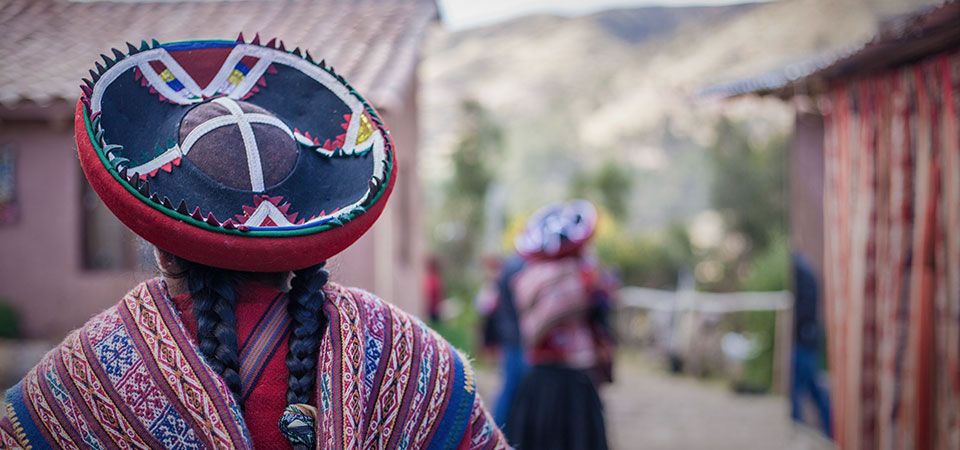
Entrance to the main plaza and the Inca ruins at Chinchero requires an admission ticket. To one side of the plaza, Inca stone structures and agricultural terraces sweep down the hillside. On a clear day you can see Apu Salkantay, a famed Inca peak, off in the distance. A white 16th century church built on the stone foundation of a once Incan structure boasts tall ceilings and beautifully painted walls.
Chinchero is far less touristy than Pisac and Ollantaytambo. But it looks like this may soon change. To meet the growing demand of people visiting Machu Picchu, the construction of a new airport in the Sacred Valley near Chinchero is underway.
Planning Ahead
Traveling to the Cusco and Sacred Valley region in the high season (June, July, August) requires months of advanced planning because services fill up quickly. Trip logistics include airfare, hotel reservations, tours, and train tickets and entrance tickets if you go to Machu Picchu. Limited permits for hiking the Inca Trail to Machu Picchu can book up sometimes 4 months in advance. Note that the Inca Trail is closed each February for maintenance.
Packing List
Altitude Sickness
Altitude sickness is a common health concern for travelers planning a trip to the Sacred Valley region. Most visitors will only experience minor symptoms (shortness of breath, headache, nausea) as a result of the elevation. Take it easy the first couple days while you acclimatize and don’t overexert yourself. Towns in the Sacred Valley are actually lower in elevation than Cusco, so some travelers actually plan to spend their first few nights in the valley to reduce the onset of altitude sickness symptoms.
Transport Around the Sacred Valley
The majority of tours to the Sacred Valley include transport to/from your hotel. For independent exploration, you can take a local bus (the most economic way) or hire a taxi (more convenient and time efficient). The railway also runs between Cusco (Poroy Train) to Ollantaytambo in the Sacred Valley and then onto Aguas Calientes , the town at the base of Machu Picchu.
Money
Luggage Restrictions for Train to Machu Picchu
If you’re taking the train to Machu Picchu or doing a multi-day trek, then you’ll likely need to store your heavy luggage (aka the items you don’t need) for this leg of the trip. Each train passenger is permitted one bag or backpack weighing up to 11lbs (5kg). Fortunately, all of our recommended hotels in the Sacred Valley and Cusco provide free luggage storage for their guests.


The Maras Salt Pans and concentric terraces of Moray are two lesser visited examples of Incan ingenuity in the Sacred Valley. Though unrelated in purpose, the sites are near neighbors in a remote region that’s not served by public transportation. For this reason, Maras and Moray ruins are often bundled together on a Sacred Valley tour. Scholars believe the Moray terraces once served as an elaborate agricultural laboratory for the Inca; each terrace having a unique microclimate. Today, the mountainside salt pans at Maras, started by the Wari culture and expanded by the Inca, are owned and operated by local residents. You can get to this site by car, foot, bike or even horseback! Check with your travel advisor for options.









There is lodging in the Sacred Valley for every traveler’s preference, from small inns and economic hotels all the way up to 5-star luxury. A major perk to staying overnight, beyond the obvious natural beauty, is that you’re closer to the region’s famed markets in Pisac and Ollantaytambo, hilltop ruins, and loads of adventure sports, which cuts down on transport time to/from Cusco. Here are our preferred top pick hotels in the Sacred Valley.

Avenida Ferrocarril, Urubamba, Sacred Valley
 9.6 |Exceptional
9.6 |Exceptional 4.5 |Excellent
4.5 |Excellent
5to Paradero Yanahuara, Sacred Valley
 9.2 |Wonderful
9.2 |Wonderful 4.5 |Excellent
4.5 |Excellent
5to paradero Yanahura, Urubamba, Sacred Valley
 9.4 |Exceptional
9.4 |Exceptional 5 |Excellent
5 |Excellent
Avenida Ferrocarril, Ollantaytambo, Sacred Valley, Peru
 |
| 4.5 |Excellent
4.5 |ExcellentThe renowned flavors and diversity of Peruvian cuisine extend to restaurants in the Sacred Valley. Travelers with free time between tours can enjoy a delicious meal for lunch or dinner. Breakfast is usually included with a hotel stay. The following are a few of the great restaurants we recommend in the tourist frequented towns of Urubamba, Ollantaytambo, and Pisac.

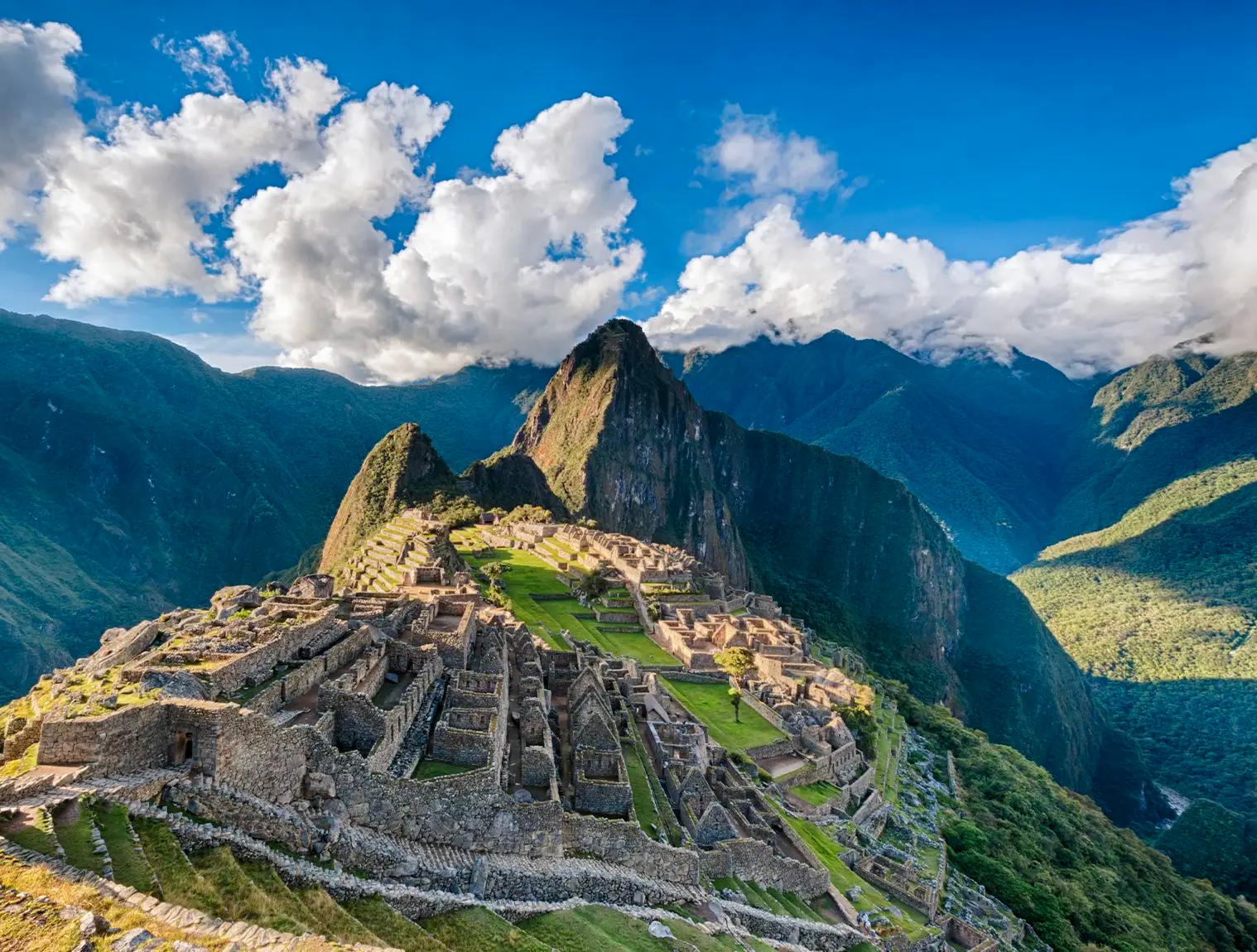
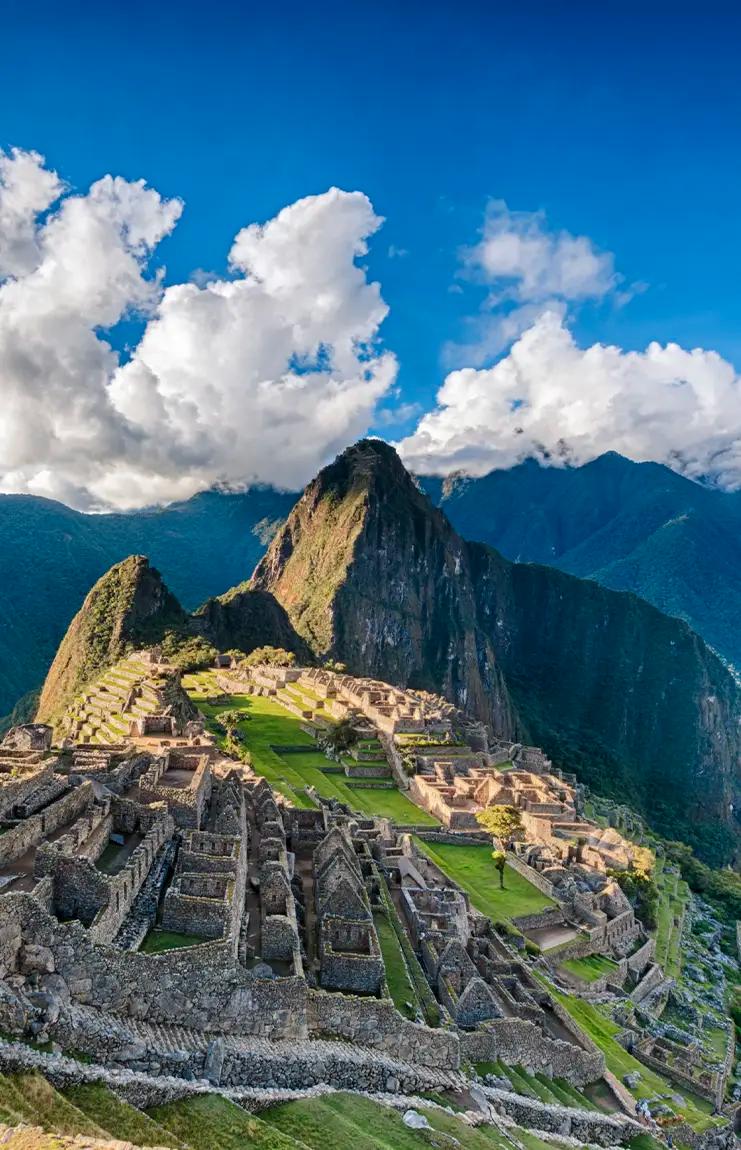
6 days from $1339
Cusco, Sacred Valley and Machu Picchu
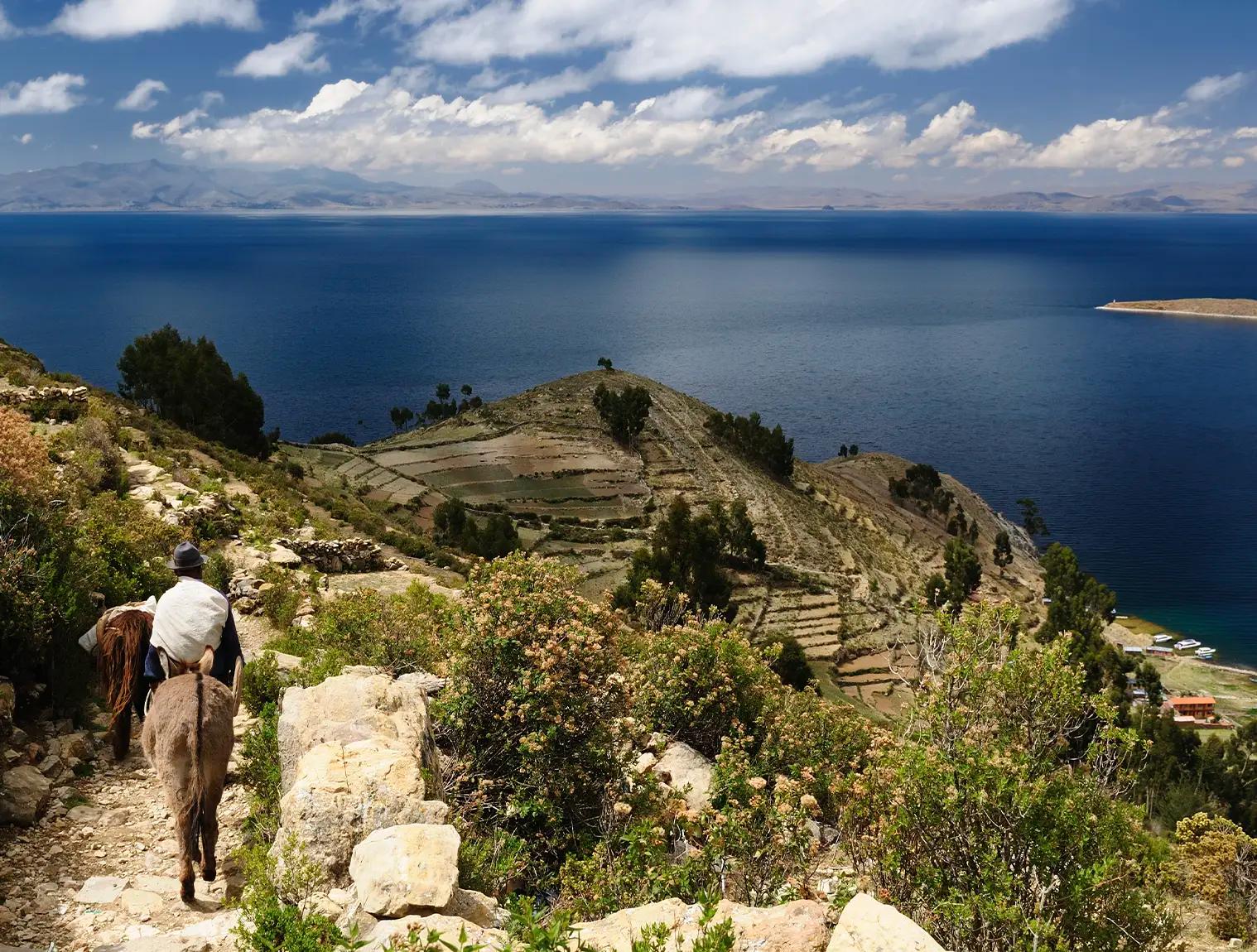

8 days from $1839
Machu Picchu, Cusco, Sacred Valley, Puno & Lake Titicaca
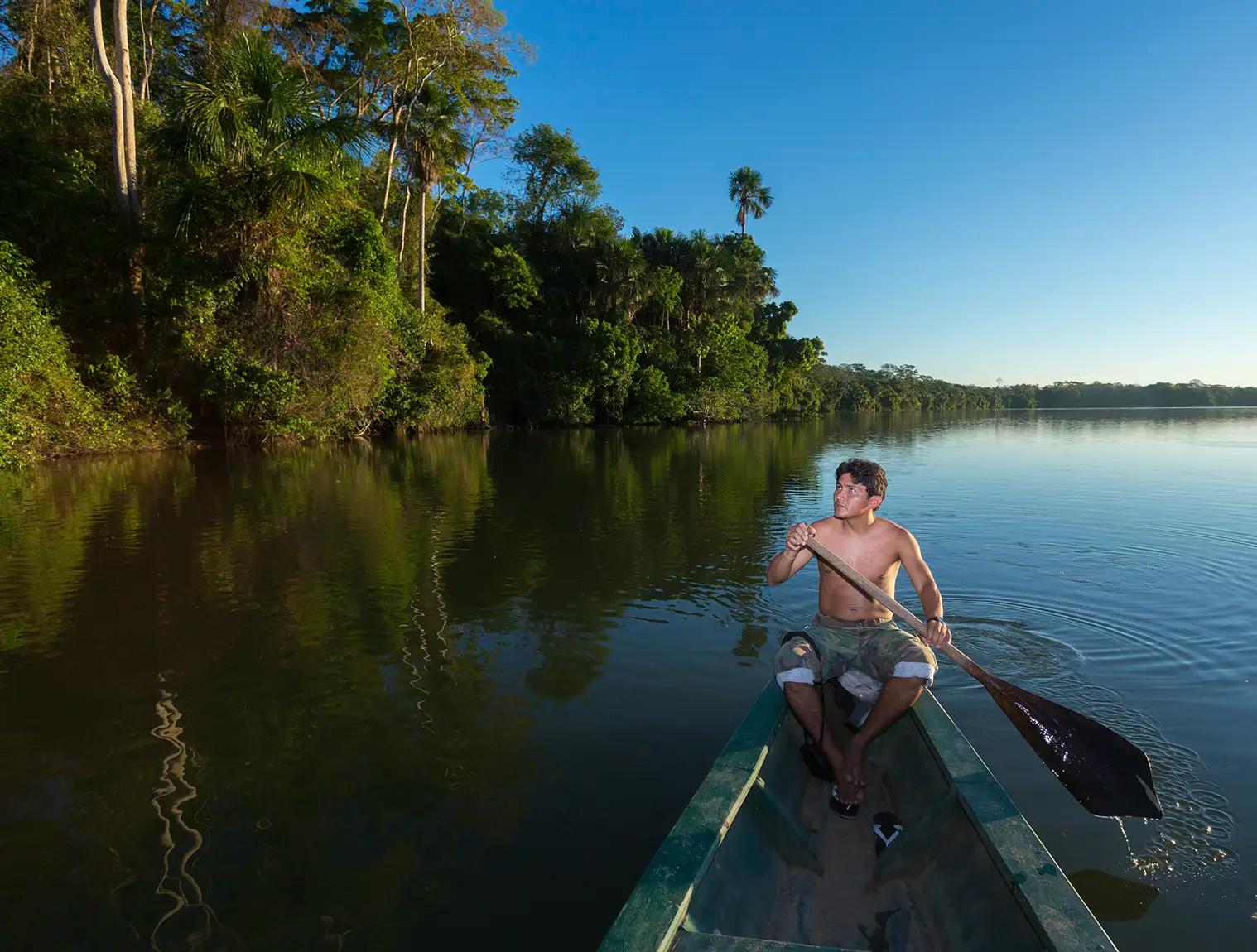
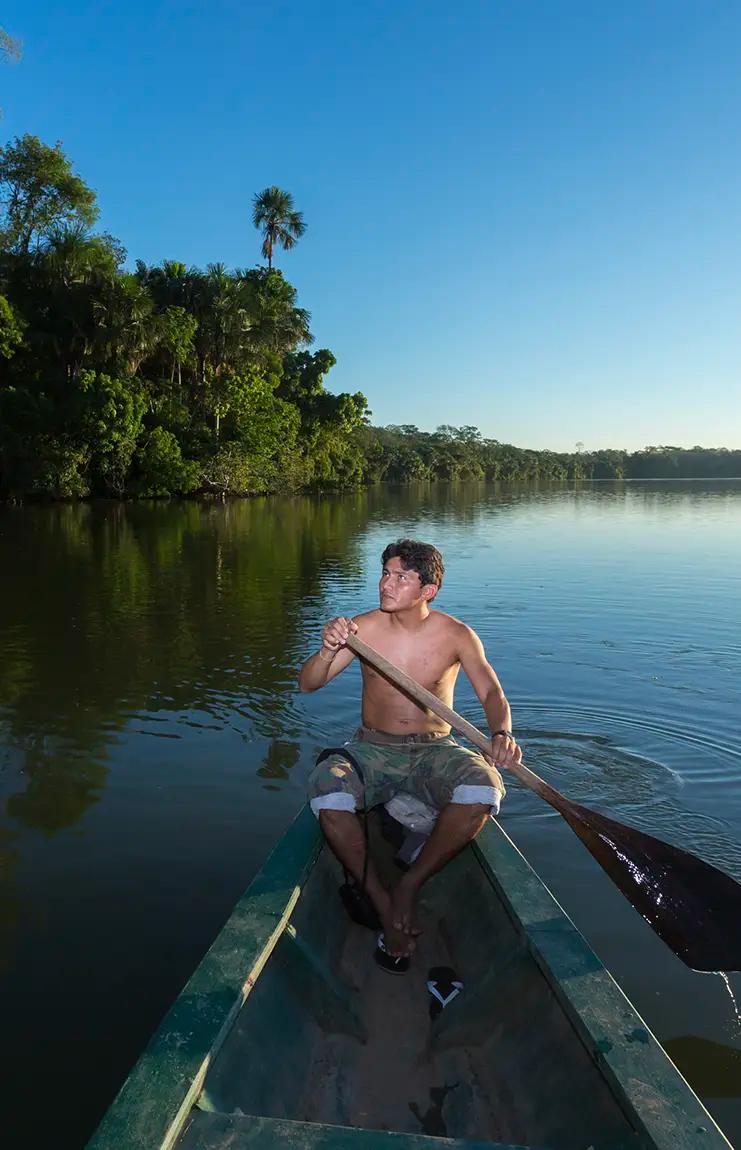
9 days from $1939
Amazon, Cusco, Sacred Valley and Machu Picchu
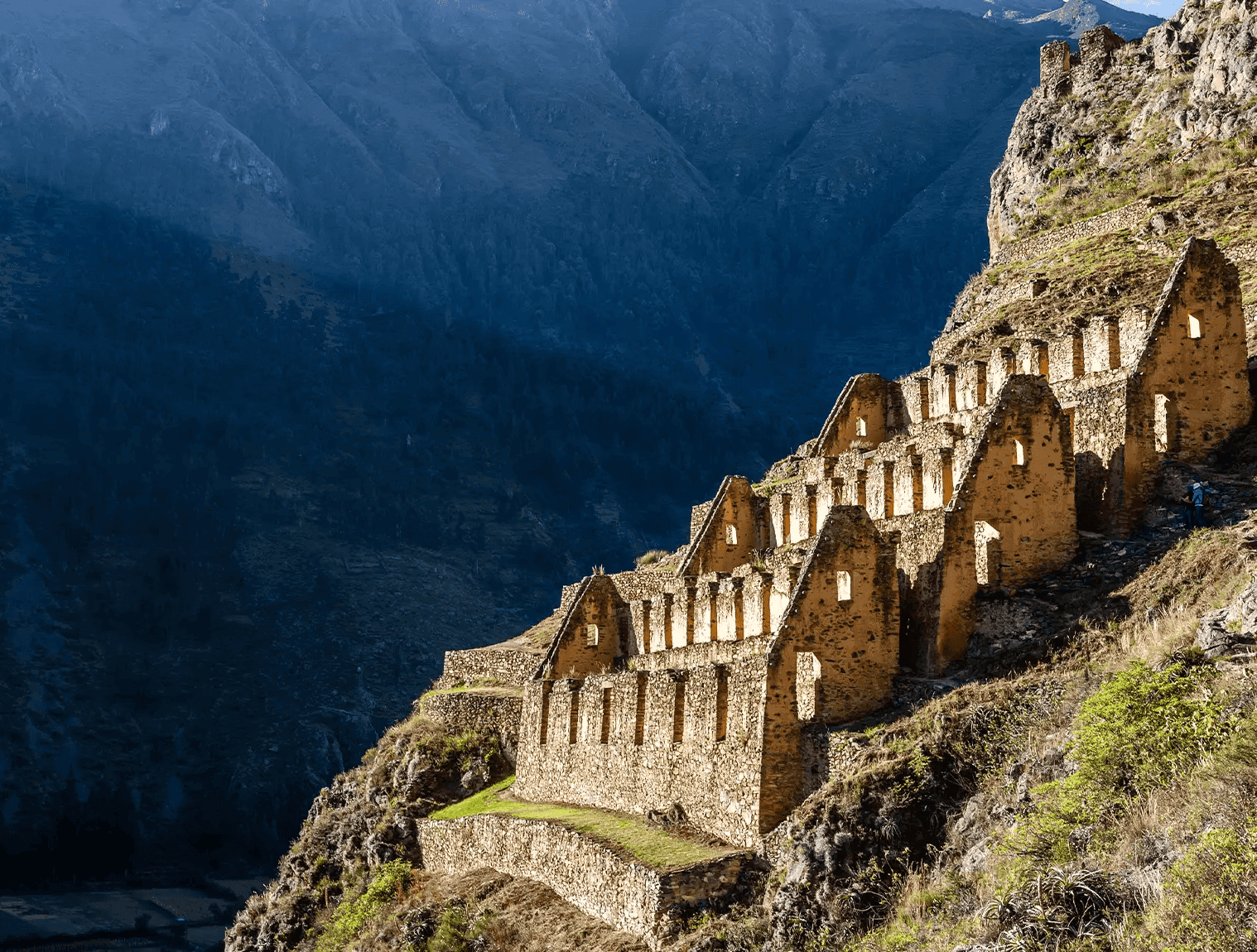
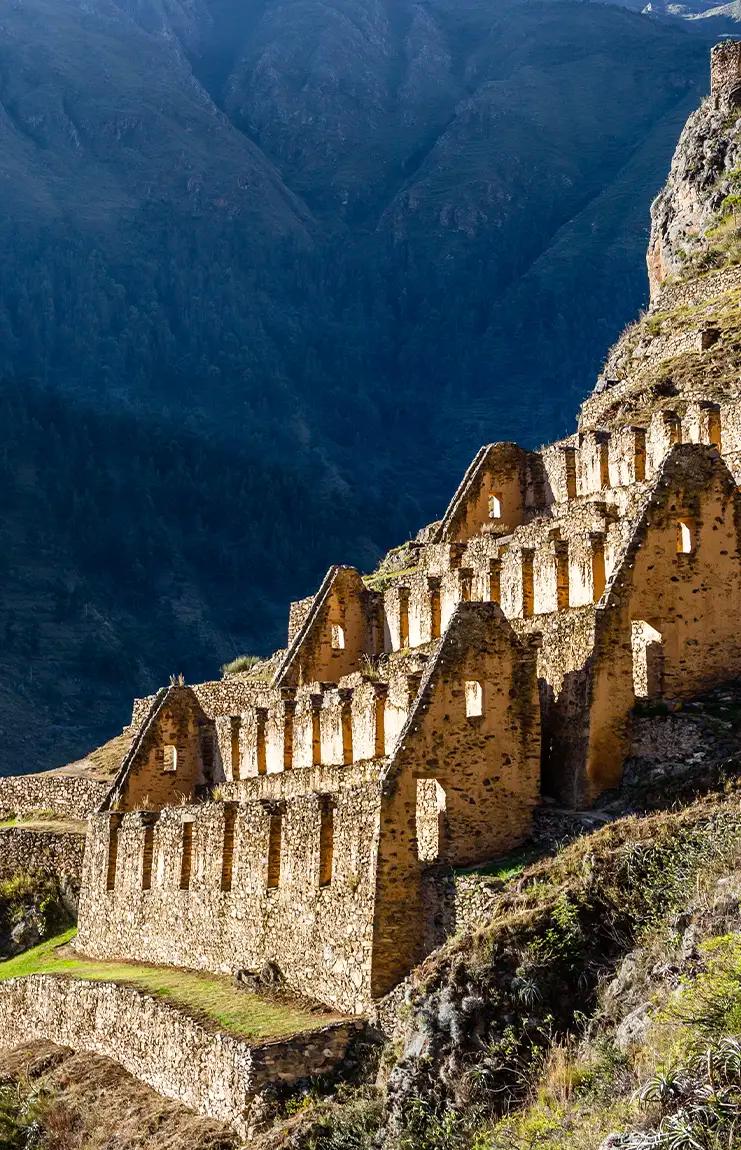
15 days from $3949
Machu Picchu, Cusco, Titicaca, Amazon, Lima, Paracas, Arequipa & Colca
Email: [email protected]
Sign up to receive our newsletter for great articles, stunning photos, and special deals.